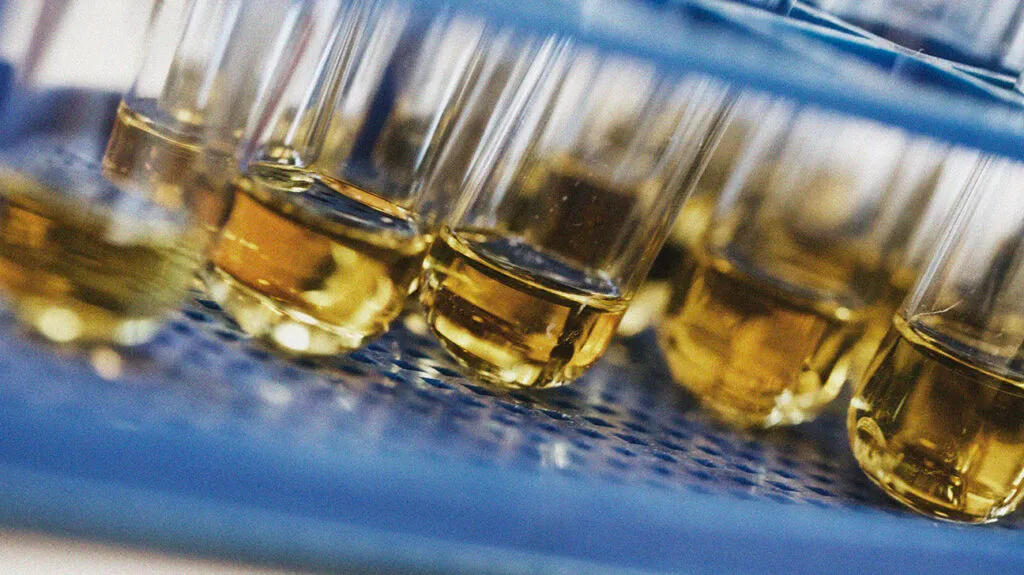The pivotal question often looms large: do shrooms show up on a drug test? While the mystical, transcending experiences stemming from psychedelic mushrooms, colloquially known as “shrooms,” continue to pique collective curiosity, it’s imperative to intertwine our exploration with a practical strand – the implications on drug testing. Let’s delve into a comprehensive discussion about psychedelic mushrooms, their traces, detection times, and their visibility on various drug tests.
Understanding Psychedelic Mushrooms and Psilocybin
Magic mushrooms, scientifically known as Psilocybe, are famed for their mind-altering experiences, largely attributed to psilocybin. Psilocybin is a naturally occurring psychedelic compound that, when ingested, converts into psilocin. It’s this transformation that gifts users a ticket into a dimension where time dissolves into irrelevant abstraction and vivid visuals dominate.
A Glimpse into the World of Drug Testing
Drug tests have long been the gatekeepers in various scenarios: employment, sports, and legal contexts. The conventional drug tests include urine tests, blood tests, hair follicle tests, and sometimes, saliva tests. Each comes with its own window of detection and substances it’s optimized to detect.
Drug Testing and Psychedelic Substances
When investigating psychedelic substances like shrooms, it’s crucial to acknowledge that they often escape the standard detection nets cast by common drug tests. The conventional 5-panel drug tests seldom pinpoint psilocybin or psilocin.
Delving into Psilocybin Detection: How and When?
Despite their subtle footprint in standard drug tests, shrooms aren’t entirely stealthy. Specialized tests, such as the 8-panel drug test, may indeed catch psilocybin and psilocin, albeit under specific circumstances. The detection depends heavily on factors like dosage, frequency of use, metabolism, and the type of test administered.
The Typical Testing Modalities and Their Detection Windows
- Urine Tests: Widely used but typically don’t screen for psilocybin or psilocin unless specifically requested.
- Blood Tests: Can potentially detect shrooms, especially within a short time frame post-ingestion.
- Hair Follicle Tests: Rarely administered for shrooms and psychedelics due to cost and specialized nature.
- Saliva Tests: Infrequently used for detecting psychedelics and have a very short detection window.
Psilocybin: A Brief Encounter in Your System
Psilocybin and psilocin tend to clear from one’s system relatively quickly compared to other substances. In urine, psilocin is generally undetectable after 24-72 hours post-ingestion, and in blood tests, the window is even narrower, often restricted to several hours post-consumption.
Legal Implications and Shroom Consumption
While the recreational use of magic mushrooms remains illegal in most countries, the clinical exploration into their potential therapeutic applications has kindled a new narrative. Always remember, engaging with shrooms outside of a legalized and controlled environment involves both health and legal risks.
The Tug of War: Psychedelics, Society, and Science
Despite their illegal status, the scientific community is alight with discussions regarding the potential of psychedelics, including psilocybin, in treating various mental health conditions. Research involving psilocybin therapy for depression and anxiety has shown particularly promising results.
The Urgent Call for Ethical and Safe Usage
Especially in a society increasingly open to exploring alternate states of consciousness, ethical and safe use of any psychedelic substance is paramount. Education about safe dosages, settings, and potential side effects is crucial to navigate through the mystical yet complex world of psychedelics.
Conclusion: Melding the Magical with the Practical
Diving into the enigma of whether shrooms show up on a drug test unearths a myriad of considerations spanning legality, detection, and societal perceptions. While standard drug tests seldom catch psilocybin and psilocin, specialized tests can. Hence, it’s paramount to weave the magical allure of shrooms with a practical understanding of their temporal footprints in our system and the oscillating legal and societal frameworks that surround them. This ensures not just a safe and responsible journey but also an informed, ethical, and lawful one, safeguarding our future explorations into the vast tapestry of consciousness.

